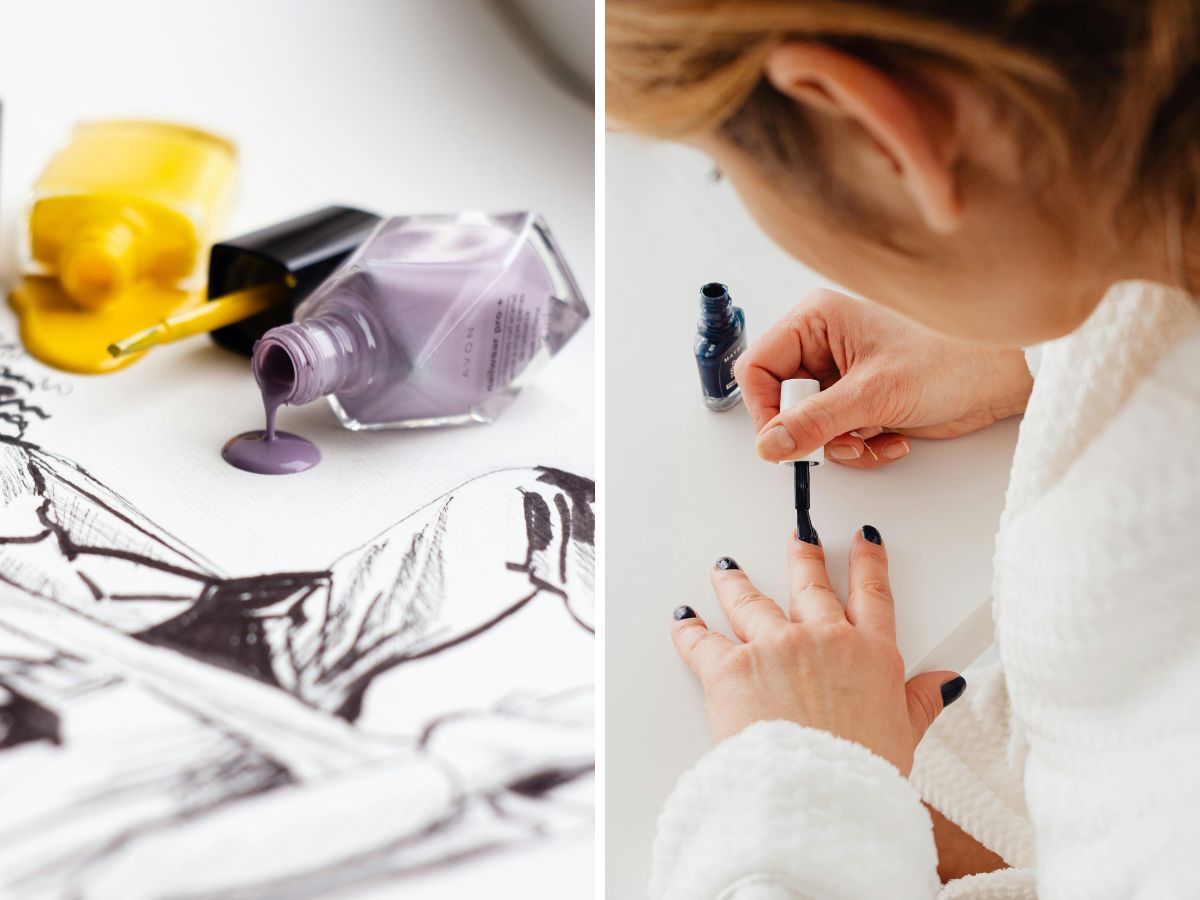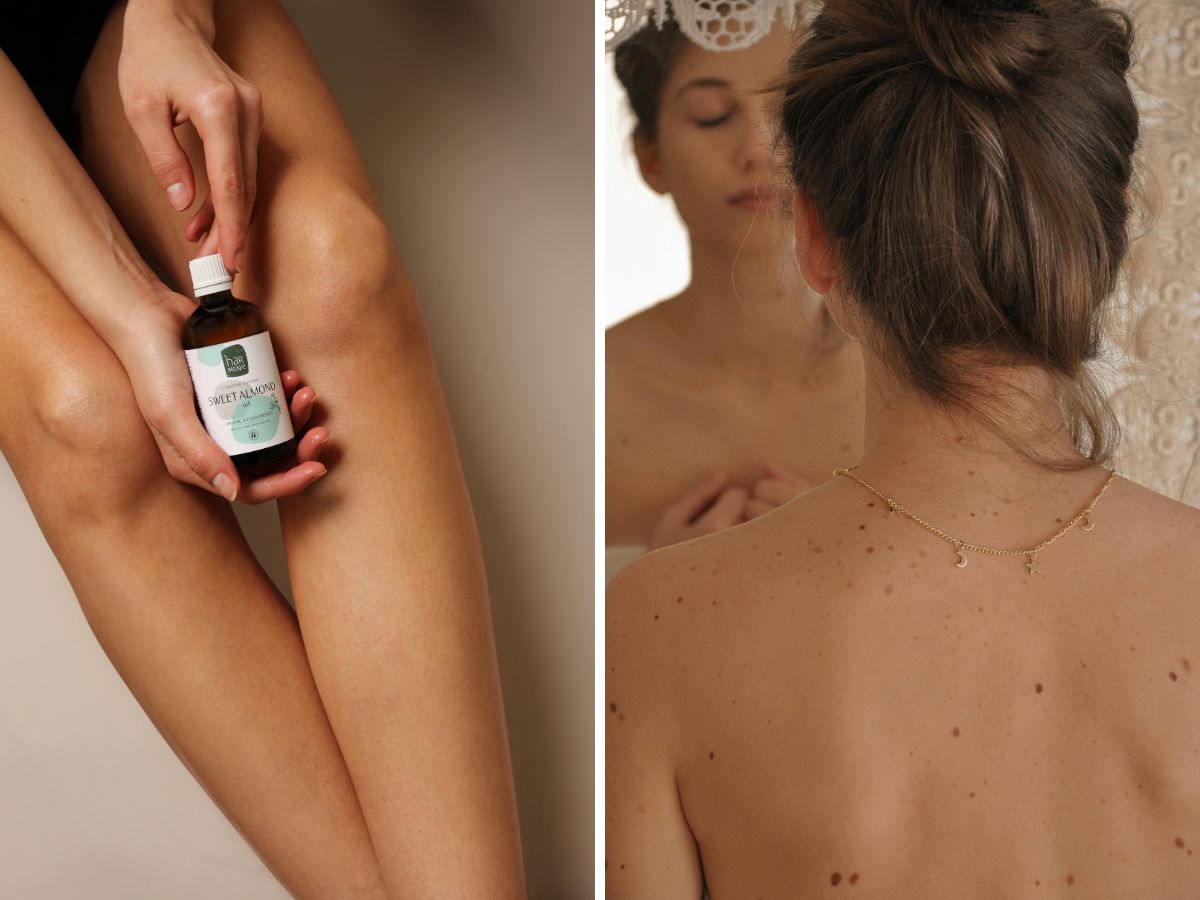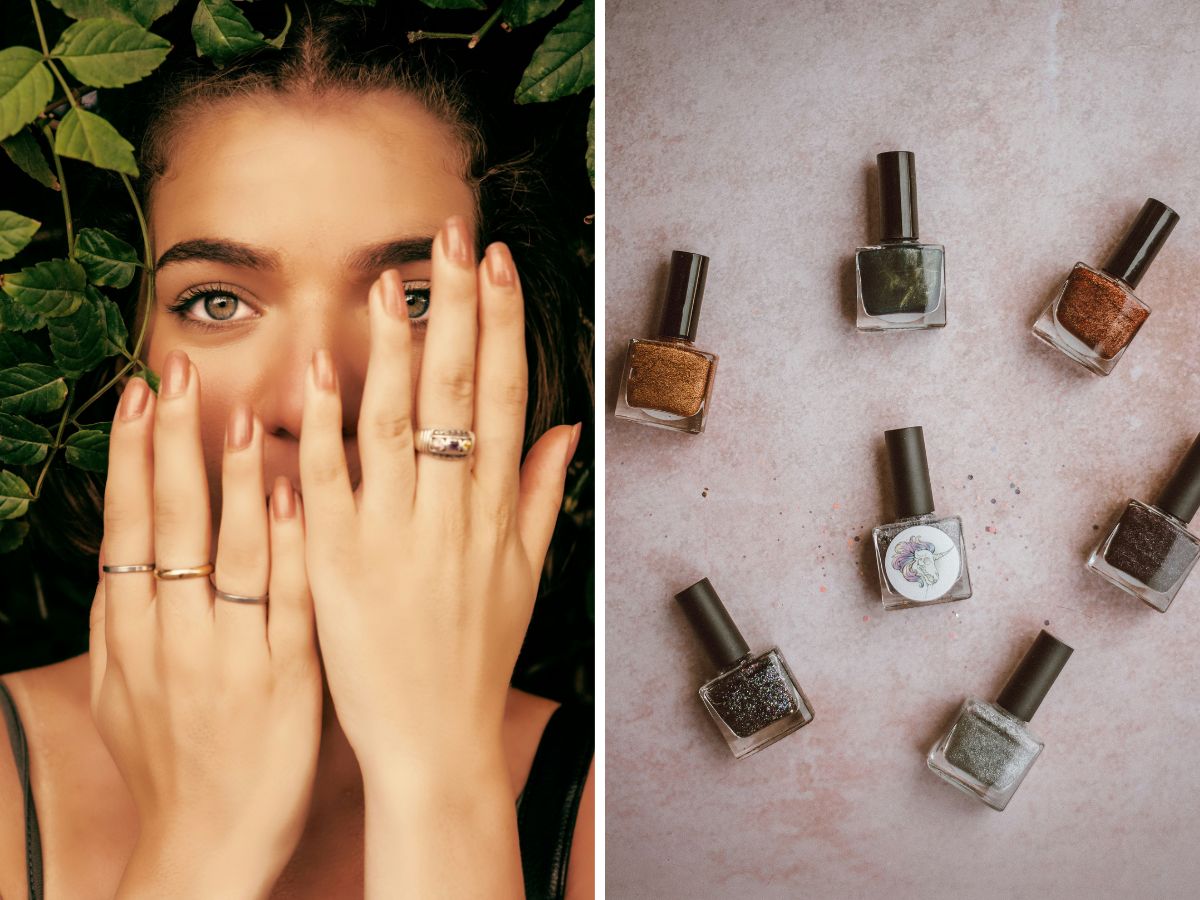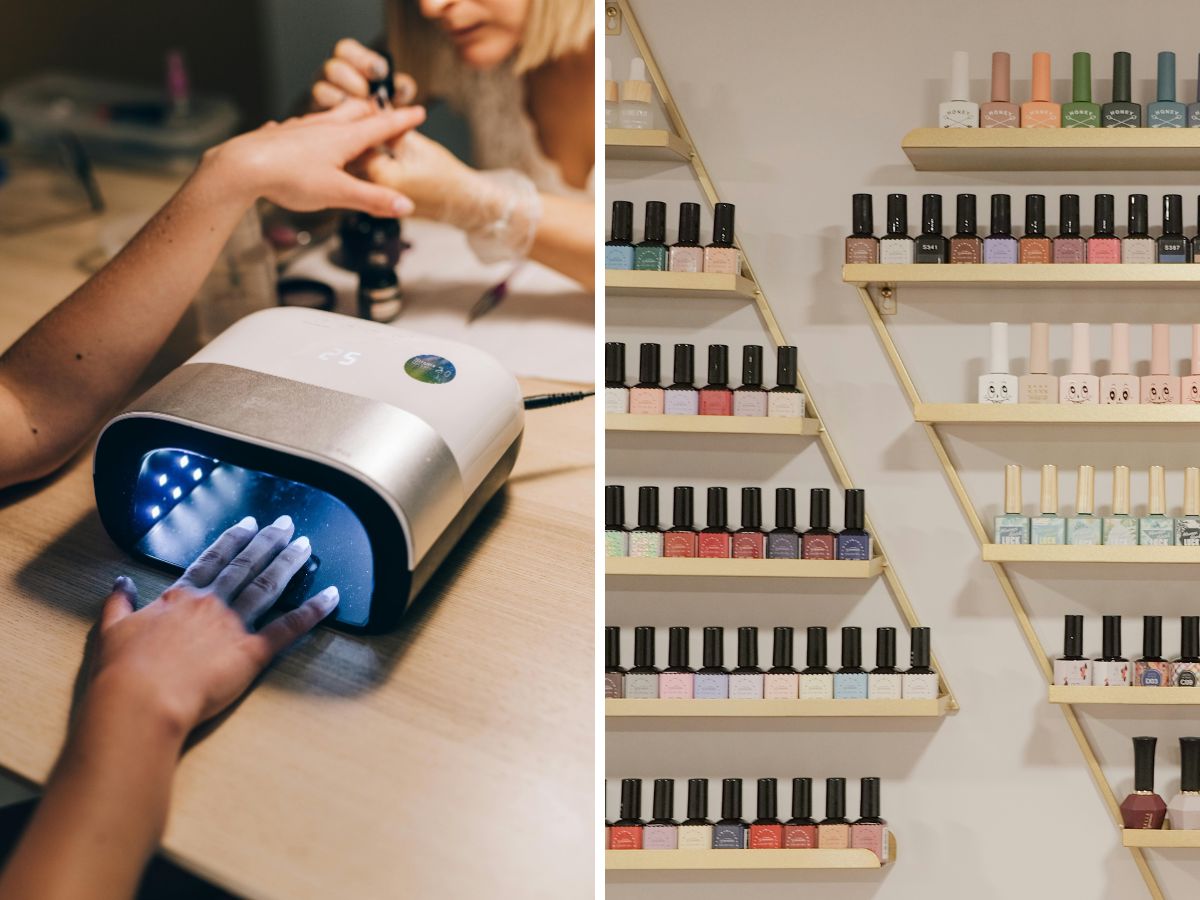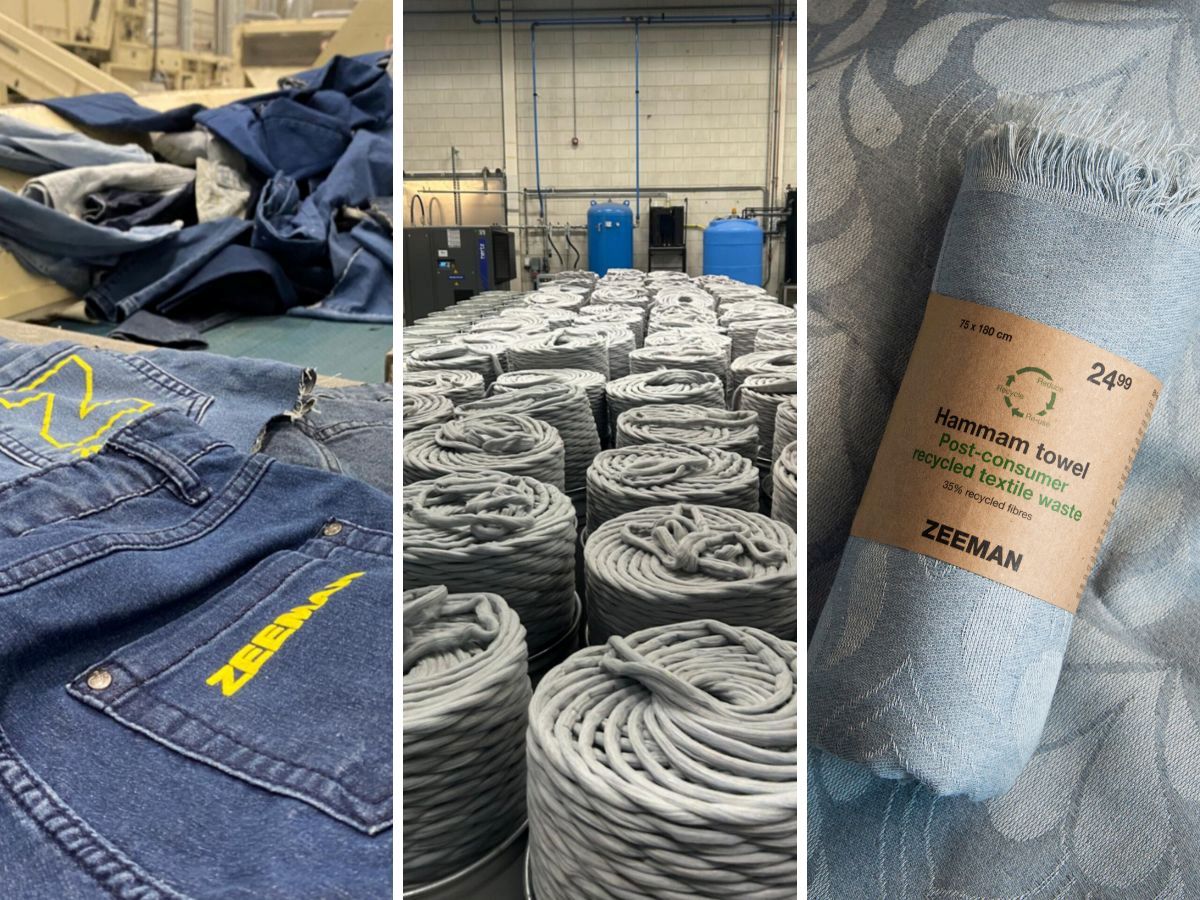Sustainable beauty products: you almost trip over them by now. Shampoo bars, refillable hand soap, reusable cotton pads... but what about nail polish? Is there such a thing as sustainable nail polish? We looked into it for you, and you guessed it: it's a colourful story with some chemical edges.
Nail polish with a green edge?
Let's get straight to the point: truly 100% sustainable nail polish does not yet exist, unfortunately. The polish itself, the ingredients, the production and the packaging... all in all, nail polish is still quite harmful to the environment. But there is also good news: more and more brands are doing their best to do better. Think formulas with less harmful substances, natural dyes or a water base instead of solvents. It's not perfect yet, but it's a step in the right direction.
What is actually in your nail polish?
Most traditional nail polish is a mix of synthetic substances such as solvents, plasticisers and colour pigments. Many of these ingredients fall under the so-called volatile organic compounds (VOCs). These substances evaporate quickly, creating that distinctive nail polish smell as well as contributing to air pollution. Not good for your lungs (especially in poorly ventilated areas) and not good for the environment either. Some lacquers even contain substances like toluene, formaldehyde and dibutyl phthalate (DBP). All substances to which you can have an allergic reaction if in prolonged contact, and these allergies can have quite a few consequences. You can read more about that in our article on gel nails.
Nail polish waste
Nail polish usually comes in small glass bottles with a plastic cap and brush. These are difficult to recycle and often end up in the rubbish. And let's be honest: how often does such a jar dry out or you just get bored with the colour? There's another thing: removing nail polish. Common removers contain acetone or other solvents that dry out your skin and are harmful to aquatic organisms if released into the environment. Extra painful: it often takes more cotton balls and remover than you think to get that stubborn colour off.


Nail polish can contain all sorts of nasty substances such as solvents and plasticisers. Fortunately, there are also more and more brands with more sustainable alternatives.
Sustainable nail polish, is there anything to choose from?
Sustainable nail polish, does it even exist? The short answer is not that simple. Currently, there is no nail polish (yet) that is completely 100% sustainable. The ingredients of nail polish, as well as production, packaging and, yes, even the removal of nail polish, all have an impact on the environment. But....rapapaa.... also good news: there are more and more brands with more sustainable alternatives to ‘traditional’ nail polish. Fortunately, the lacquer world is on the move. Pay attention to these terms if you want to make a conscious choice:
- ‘Free-from’ formulas: does the label say 5-free, 10-free or even 22-free? Then it contains fewer harmful substances than in ordinary nail polish. Note: sometimes substances are mentioned that are already banned. Sounds impressive, but is sometimes more marketing than substance.
- Water-based polish: water-based nail polish contains less VOCs, smells less intense and you can often remove it without aggressive remover. Note: this nail polish often does not last as long.
- Natural ingredients: vegetable solvents and natural dyes are popping up more and more. Pay attention to where they come from and how they are produced, even natural ingredients can be harmful if production is not sustainable.
- Sustainable packaging: brands that use recycled glass or smaller bottles reduce waste.
- Vegan & cruelty-free: no animal ingredients and not tested on animals. Not necessarily eco-friendly, but conscious. You can read more about the difference between cruelty-free and vegan here.
Sustainable nail polish: small choice, big difference
Choosing eco-friendly nail polish starts with conscious shopping, but it doesn't stop there. You can also pay attention to how you handle it. For example, prefer to use a remover without acetone. Even better is a biodegradable one. Replace disposable pads with reusable ones and keep your lacquer cool and dark, for example in the fridge, so that the jar lasts longer. Make sure you always seal the bottle tightly and choose smaller quantities whenever possible so you waste less. And perhaps the simplest step of all: varnish a little less often. That remains the most sustainable option after all.
Sustainable nail polish may not exist in perfect form (yet), but there are plenty of brands and options that are better for you and the planet. We have compiled a fine list of better nail polish brands for you here.
Sources: WHERE IS IT.nl, gitti, environmental centre.nl, vivadonna.nl, Photo credits: main image: nail polish jars: Maria Lupan (Unsplash), painting nails: Karolina Grabowska (Pexels), photos read through: nail polish jars: Annie Spratt (Unsplash), varnish: Karolina Grabowska (Pexels).

